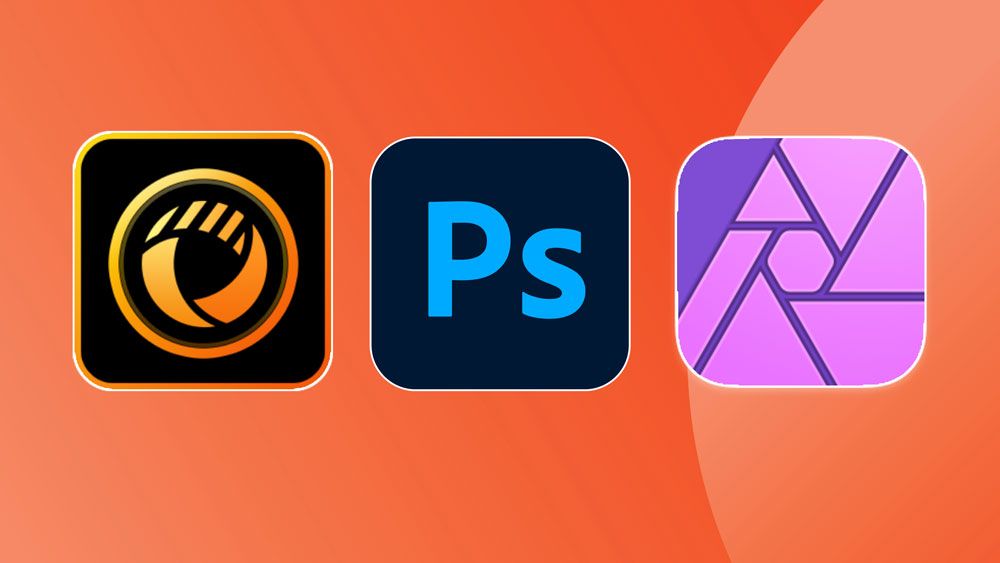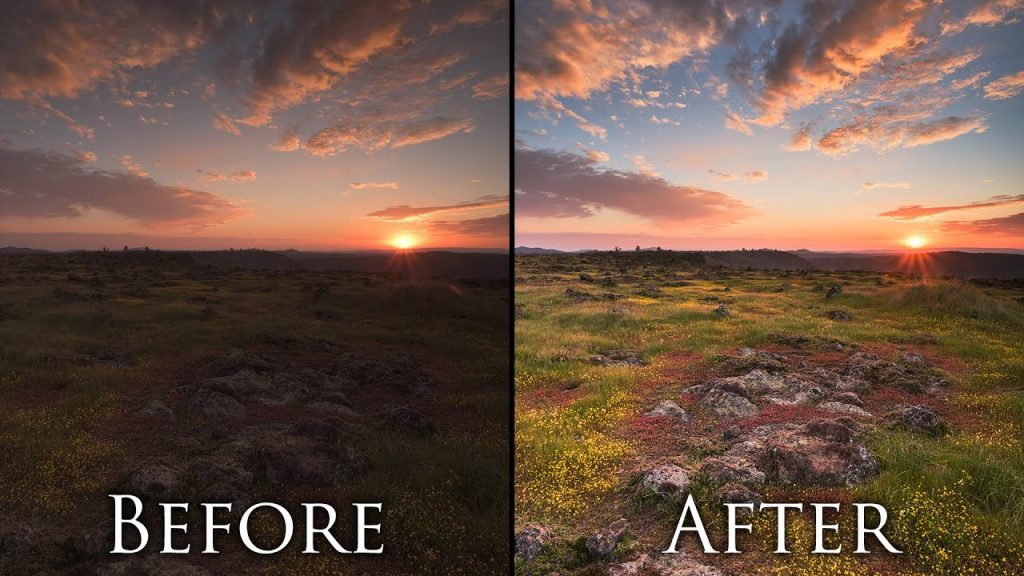
Shaping Pixels into Masterpieces: The Best Programs for Photo Post-Processing
In the realm of photography, there’s an old saying that goes, “The best camera is the one you have with you.” However, in this digital age, it’s not just about the device that captures the moment, but also about the software that refines it. Today’s post-processing programs are the digital darkrooms where raw shots get polished into stunning pieces of art. They allow photographers to enhance their work, fixing imperfections, adjusting color, and adding effects that help bring their creative vision to life.
These programs come in all shapes and sizes, catering to an array of user needs and skill levels. From quick photo adjustments to complex manipulation, there’s a software that can make your post-processing journey easier, faster, and more creative. In this article, we will delve into some of the best photo post-processing programs that can help you elevate your photography game, whether you’re a hobbyist or a professional.
The Big Gun: Adobe Lightroom and Photoshop
No discussion about photo post-processing software would be complete without mentioning the industry’s leading duo: Adobe Lightroom and Photoshop.
Lightroom is the go-to tool for photographers seeking an all-in-one solution for their post-processing needs. It’s perfect for basic tweaks like exposure adjustments, color grading, or noise reduction, but also shines with its cataloging features, keeping your library organized and accessible.
Photoshop, on the other hand, is a powerhouse when it comes to intricate photo manipulation. It’s designed for detailed retouching, composite work, and adding special effects. With Photoshop, the only limit is your imagination.
The Accessible Alternative: Affinity Photo
For those who want the capabilities of Photoshop but are seeking a more affordable alternative, Affinity Photo might be the answer. It’s a full-featured, professional-grade editor that rivals Adobe’s offerings, allowing for advanced retouching, raw processing, and complex layer compositions. Its one-time purchase model, as opposed to Adobe’s subscription plan, makes it a cost-effective option for budget-conscious photographers.
Affinity Photo is known for its intuitive and user-friendly interface, reducing the learning curve for new users. It supports a broad range of formats and provides an extensive toolbox for creative exploration.

For the Mac Aficionados: Apple’s Aperture and Photos
Apple’s Aperture, though discontinued, still holds a special place among many photographers, particularly those fully immersed in the Mac ecosystem. Known for its advanced organization and non-destructive editing features, it was a professional choice for many.
However, Apple Photos, bundled free with every Mac, has been continually improving and now offers a surprisingly robust suite of editing tools. It’s no Photoshop, but for quick edits, it’s more than enough. Plus, the seamless iCloud integration makes it an excellent choice for those who frequently switch between devices.
Choosing the Right Software for Your Needs
The journey of photography doesn’t end with the click of a shutter; post-processing is where the captured reality gets infused with your unique artistic vision. As we’ve seen, there’s a wide array of software options available, each with its strengths and weaknesses.
Choosing the right software largely depends on your needs, budget, and how much time you’re willing to invest in learning a new program. Whether you need an all-in-one solution like Lightroom, a manipulation powerhouse like Photoshop, an affordable alternative like Affinity Photo, or the convenience of Apple Photos, there’s a tool out there that will suit your needs.
So, embrace the digital darkroom. Choose a tool, learn it, master it, and watch as your photographs transform into the masterpieces they were meant to be.
